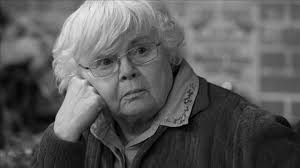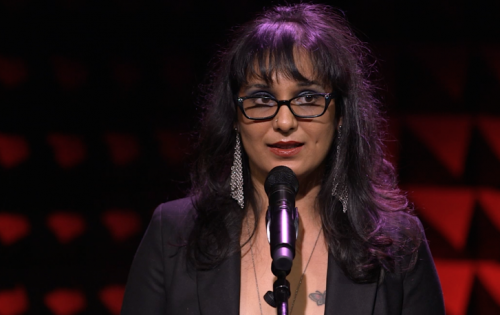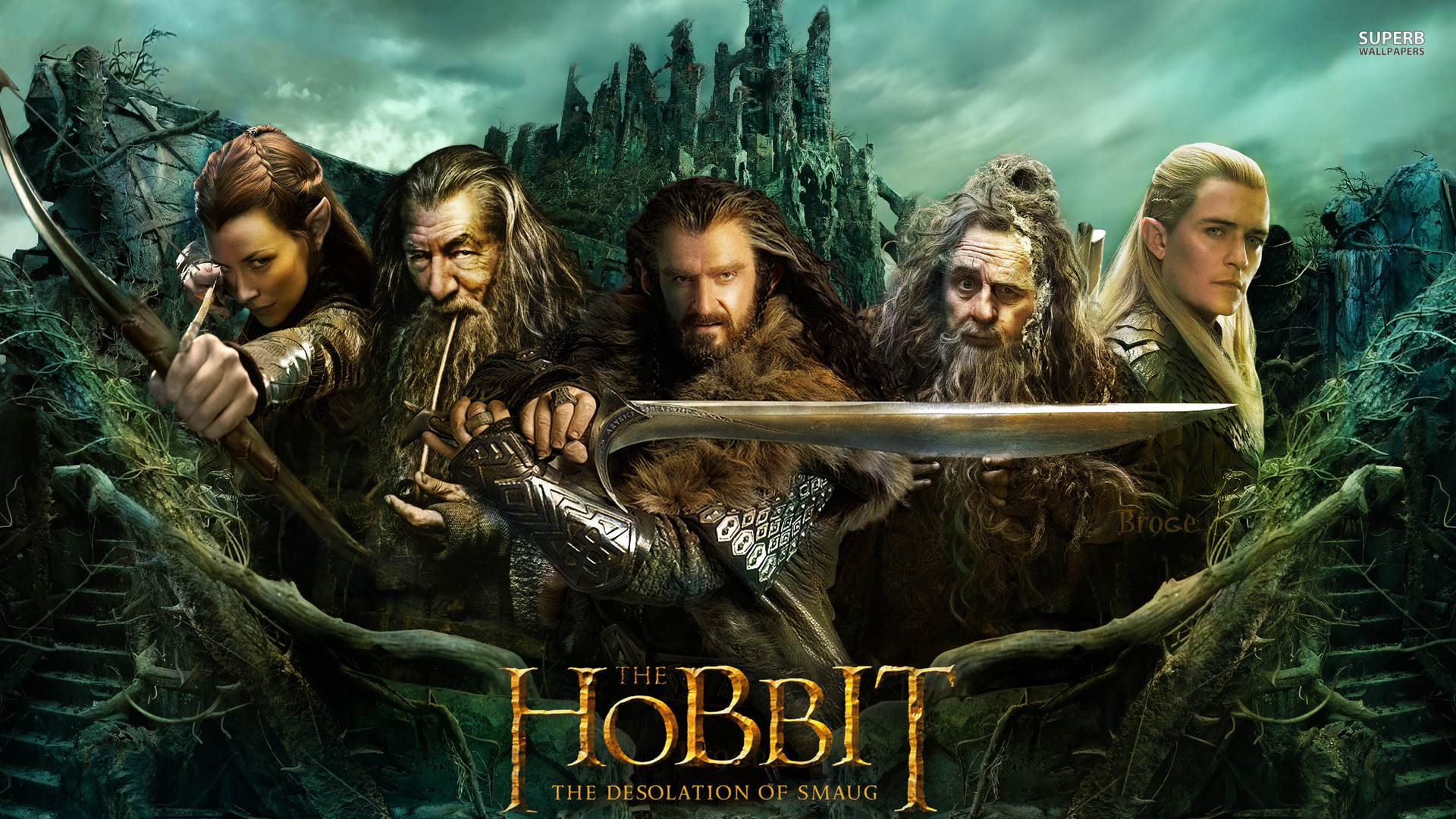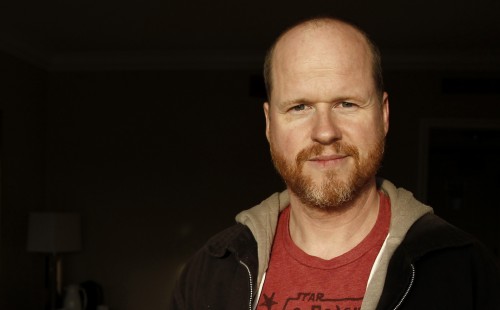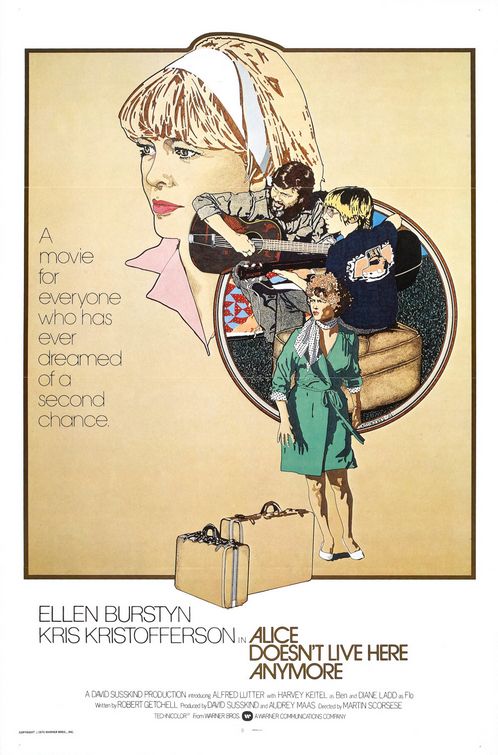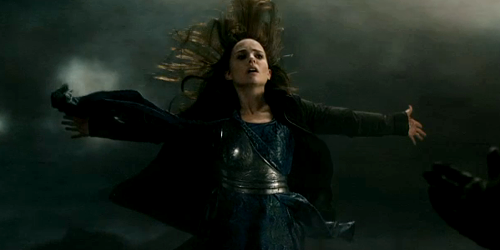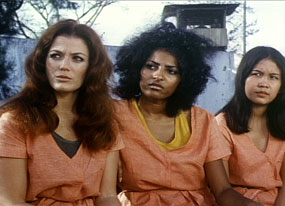Cute Old Ladies Who Talk Dirty in ‘Nebraska’ and ‘Philomena’
But Payne doesn’t seem to give much thought to Kate’s situation. In all but one scene Kate is called on to be testy and not much else. Even though we laugh as she chirps the cause of death of a late, but not lamented relative and we feel satisfied when she cusses out greedy members of Woody’s family, the character is more of an exclamation point than a person.
